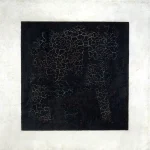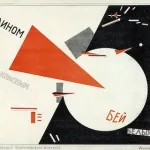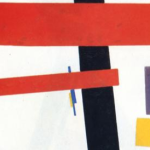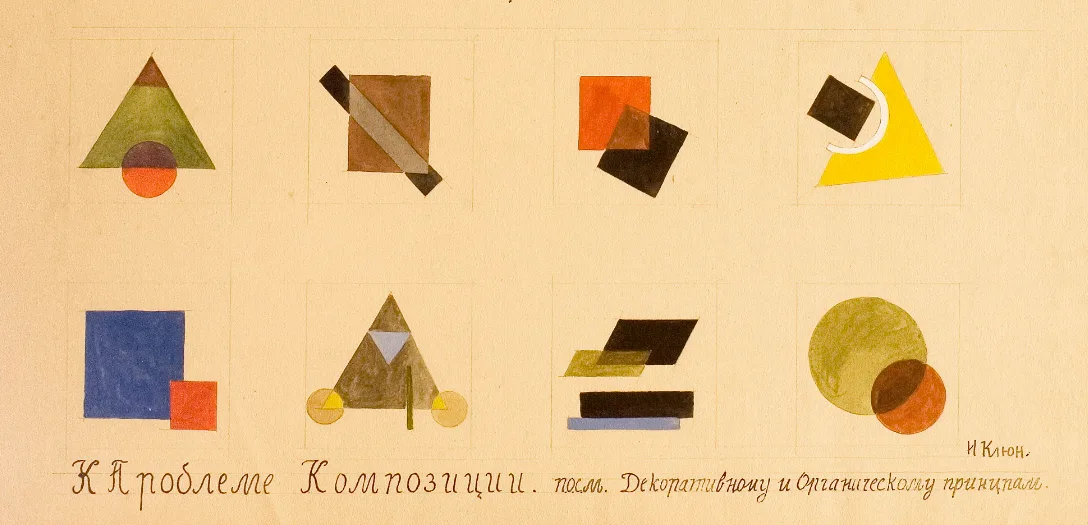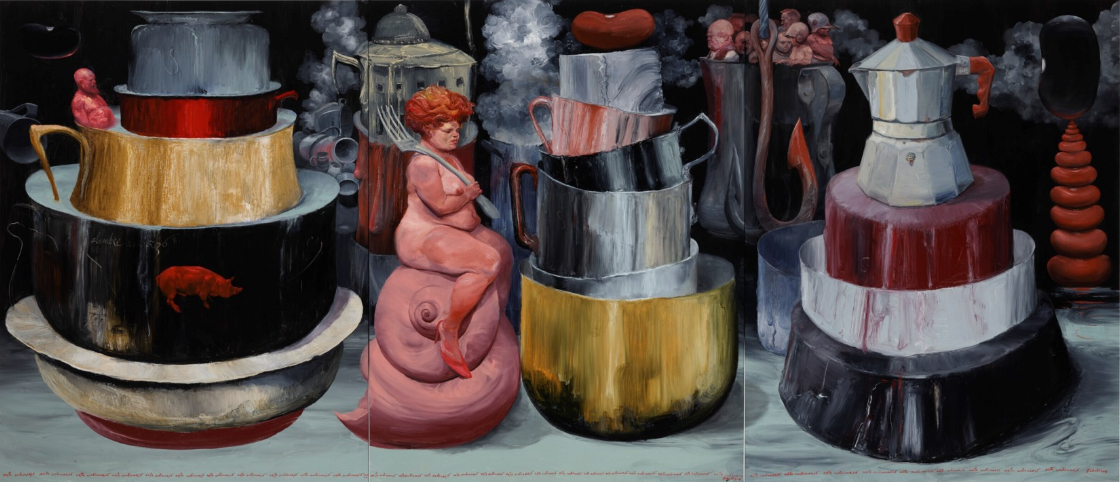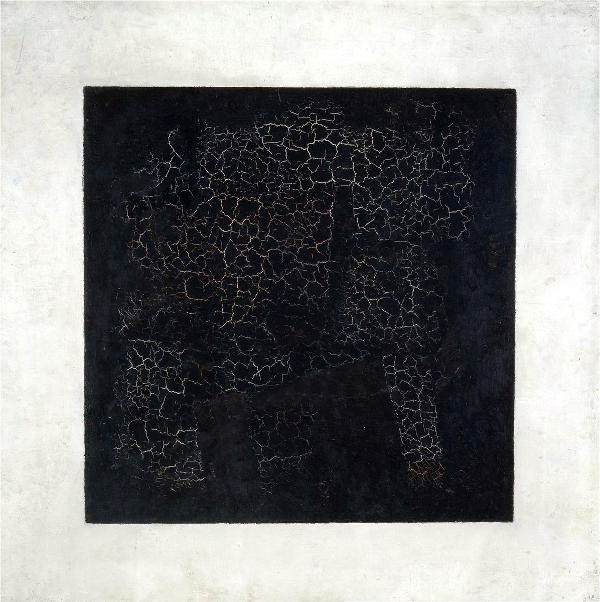
Understanding Suprematism: Malevich’s Radical Vision
Why a Black Square Changed the Course of Art History
In 1915, Kazimir Malevich exhibited a black square on a white canvas and declared: “I have transformed myself in the zero of form.” It was more than provocation — it was the birth of Suprematism, a movement that shattered centuries of representational art and set the stage for abstraction as we know it.
What Is Suprematism?
Suprematism is not just an aesthetic; it’s a philosophy. Malevich sought to liberate art from the burden of objects, representation, and narrative. His compositions — often made of geometric forms in pure color — were visual meditations on feeling, not function.
Why It Mattered
In a pre-revolutionary Russia wrestling with modernity, Suprematism offered a radical break. It anticipated movements from Bauhaus to Minimalism and even resonates today in digital design. It was pure visual language — universal, weightless, absolute.
Not Just a Style, But a System
Malevich wasn’t improvising. His work followed a precise internal logic, and each shape or color served a conceptual purpose. Collectors who dismiss Suprematist works as “simple” miss the underlying intellectual rigor and historical daring.
At AmbarAzulArt, we handle original Suprematist works that remain scarce, powerful, and philosophically rich. They are not just relics — they are anchors of a movement that redefined modern art.

